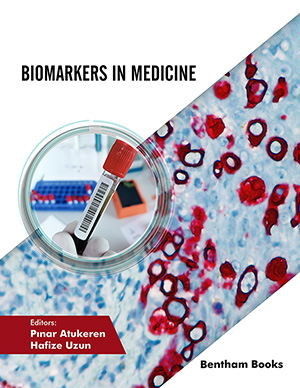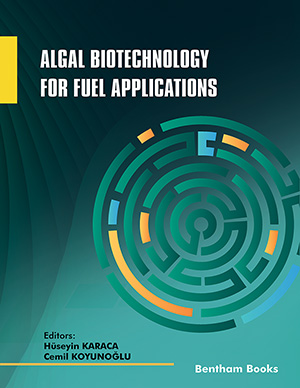Abstract
Access to high quality human biological samples and associated medical information is an essential prerequisite to biomedical research and innovation for both academia and industry. In particular, the private industry sector needs access to biospecimens and data to develop innovative products to keep or gain market leadership. Interaction between industry and academia is important from a social and economic stand point. One provides sustainable global economy while the other contributes to the scientific knowledge base. The main challenge in such collaborations is reconciling perceived altruism and open collaboration with intellectual property and profit. In order to establish a fruitful collaboration, the partners need to recognize their differences to produce positive outcomes for both and avoid the potential drawbacks that different cultures can encur when attempting to join forces. As seen in previous chapter, biobanking is indeed a liaison between the public and private realms. Models for partnerships must be characterized by a common vision, shared mutually agreed goals, clear commitment and investment from all partners through formalized collaboration and shared decision-making.This chapter focuses on the elements necessary for successful collaboration between public and private realms and looks at various models of collaborations, from traditional models,that existed before biobanking was recognized as a discipline, to recent models of public-private partnership. These include models directly created for private collaborations with biobanks as well as models of collaboration where biobanks play an integral part. The chapter concludes with suggestions for innovative models of public-private synergy in biobanking for the future.
Keywords: Charitable-trust, Consortia, Data banks, Expert centers, Honestbroker, Intellectual property, National biobank, Networks, Public trust, Research, Safe-harbor, Service, Umbrella initiative, Validation studies.





















